Understanding the mechanics of semi trailers is pivotal for operators, truck drivers, and maintenance personnel. A critical task in managing a semi trailer involves controlling the brake system, particularly when preparing to move a trailer that has been parked or during the uncoupling process. This article delves into the intricate details of how to effectively release the brakes on a semi trailer, offering step-by-step instructions, troubleshooting tips, and crucial safety measures.
Understanding Semi Trailer Brake Systems
To comprehend how to release brakes on a semi trailer, it’s essential to first explore the types of brake systems typically employed in these vehicles. The two primary brake systems found in semi trailers are air brakes and hydraulic brakes.
Air Brake System
Air brakes are the most common system used in heavy-duty trucks and semi trailers. They operate by using compressed air to apply pressure to brake pads, which then makes contact with the brake drums or rotors.
Components of Air Brake Systems:
- Compressor: Compresses air to build and maintain pressure.
- Reservoirs: Store compressed air.
- Brake Chamber: Converts air pressure into mechanical force to apply brakes.
- Slack Adjuster: Ensures correct brake application, adjusting for wear.
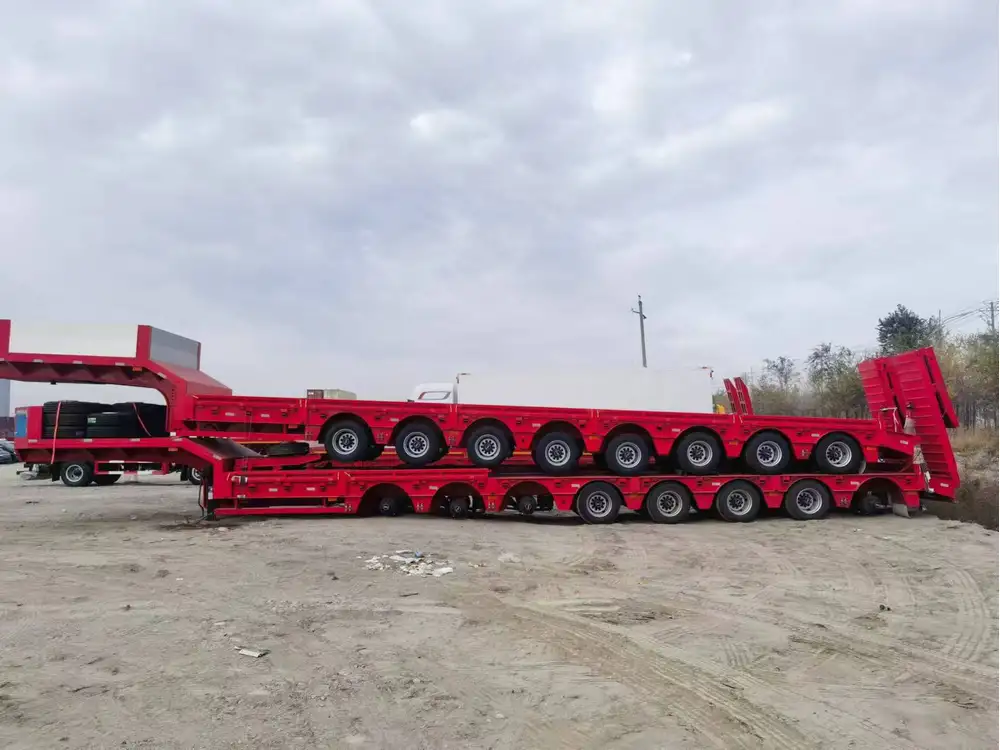
Hydraulic Brake System
Though less common than air brakes in larger semi trailers, hydraulic systems are applied in some models. This system utilizes fluid to transfer pressure from the driver’s foot pedal to the brake mechanism.
Components of Hydraulic Brake Systems:
- Master Cylinder: Creates hydraulic pressure when the driver presses the brake pedal.
- Brake Lines: Transmit hydraulic fluid to wheel cylinders.
- Wheel Cylinders: Convert hydraulic pressure into movement to apply brakes.
Understanding these systems enhances your ability to manage the braking process effectively.
Steps to Release Air Brakes on a Semi Trailer
Releasing the air brakes involves a systematic approach to ensure safety and prevent damage. Here we outline clear, step-by-step instructions.
Step 1: Preparation
- Safety First: Ensure the vehicle is on level ground. Engage the parking brake if it’s not already applied.
- Check the Air Pressure: Before releasing the brakes, check the air pressure gauge inside the cab. Most systems require a minimum of 70-90 PSI (pounds per square inch) for safe brake operation.

Step 2: Locate the Air Brake Control
- Identify the Control Lever: The air brake control lever, typically found on the dashboard, may be red or yellow. The red lever usually pertains to the trailer brakes, while the yellow lever activates the tractor’s parking brakes.
Step 3: Release the Trailer Brake
- Pull the Red Control Lever: Gently pull the red control lever out. This action disengages the trailer brakes.
- Listen for Air Release: Upon release, you should hear a hissing sound as air exits the brake system. This indicates the brakes are disengaged.
Step 4: Release the Tractor Brake (if necessary)
- Pull the Yellow Control Lever: If you are preparing to move, pull the yellow lever as well. This action releases the tractor’s parking brakes.
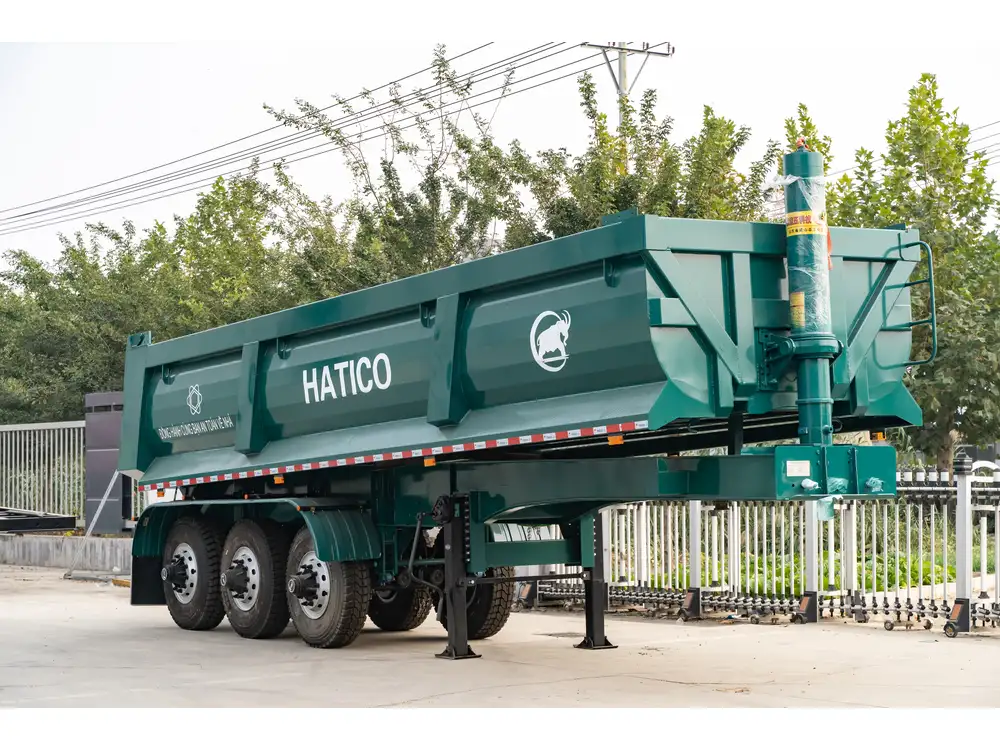
Step 5: Confirm Brake Release
- Brake Test: Before setting out, perform a brake test. Drive the vehicle slowly and apply the brakes to confirm they function smoothly without excessive drag or grabbing.
Steps to Release Hydraulic Brakes on a Semi Trailer
If your semi trailer is equipped with hydraulic brakes, follow these steps for proper brake release.
Step 1: Preparation
- Safety Precautions: Ensure the vehicle is stationary and on level ground. Engage the parking brake.
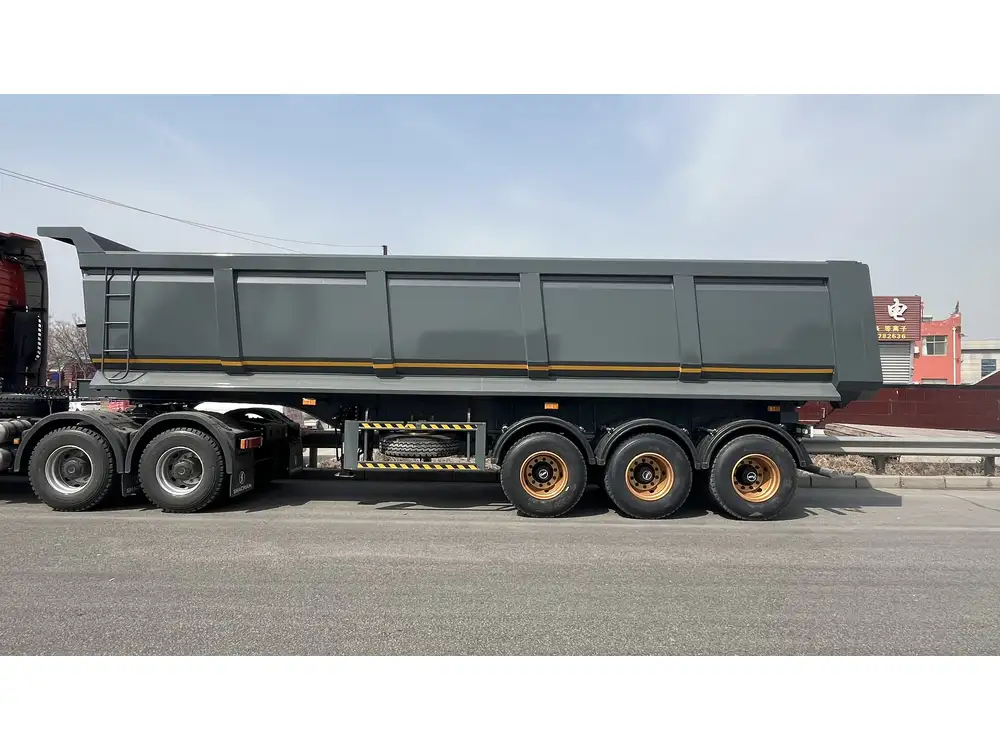
Step 2: Locate the Brake Control
- Identify the Pedal: The brake pedal is located on the right side of the driver’s footwell and is typically larger than the accelerator.
Step 3: Release the Brake
- Depress the Brake Pedal: Press down on the brake pedal until it is fully compressed to generate hydraulic pressure.
- Hold for a Moment: Hold the pedal down for a brief moment, which allows the hydraulic system to engage fully.
Step 4: Confirm Release
- Test the Brakes: After releasing, check that the vehicle rolls slightly when in neutral, confirming brake disengagement.

Troubleshooting Common Brake Release Issues
Releasing the brakes can sometimes encounter issues. Familiarity with common problems can save time and enhance safety.
Air Brake Issues
| Issue | Symptoms | Solutions |
|---|---|---|
| Insufficient Air Pressure | Warning light on dashboard; brakes won’t release | Check compressor and air reservoir for leaks and refill. |
| Slack Adjuster Malfunction | Uneven braking or dragging brakes | Inspect and adjust the slack adjuster or replace if necessary. |
| Air Leaks | Hissing sounds; pressure loss | Conduct a visual inspection along the air lines for damage. |
Hydraulic Brake Issues
| Issue | Symptoms | Solutions |
|---|---|---|
| Low Brake Fluid | Brake warning light activation; spongy pedal | Refill brake fluid and inspect for leaks. |
| Master Cylinder Failure | Resistance when pressing pedal; no braking action | Replace master cylinder. |
| Air in Hydraulic Lines | Brake pedal sinks to floor; inconsistent braking | Bleed the brake system to remove air. |
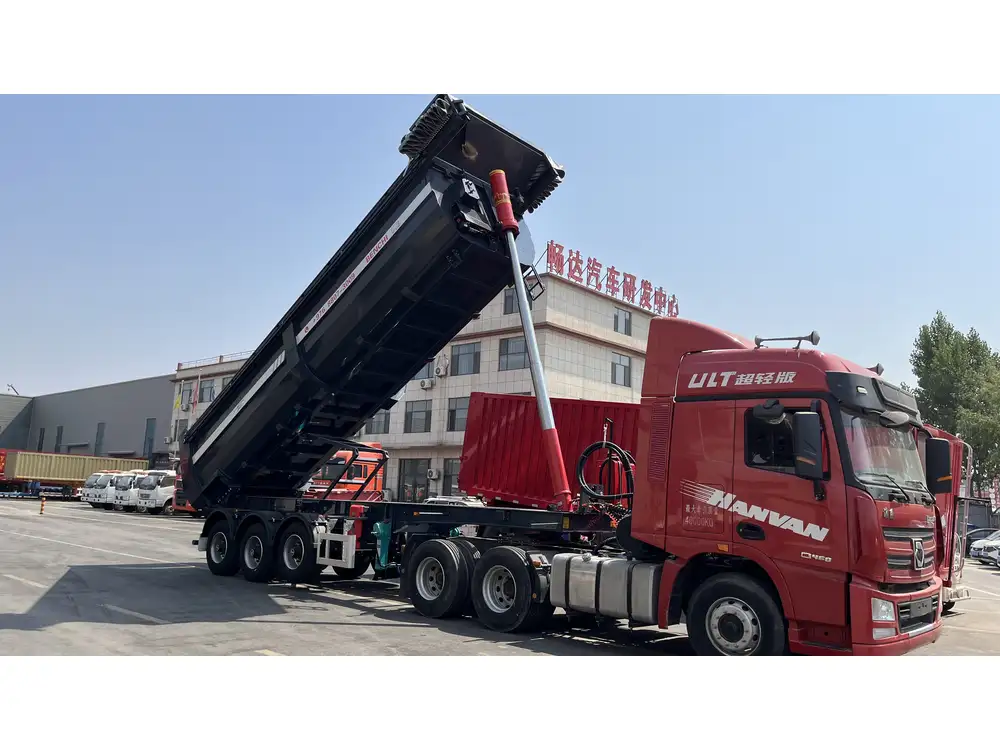
Safety Measures When Releasing Brakes
Safety should remain a priority in every operation involving semi trailers. Here are essential safety measures to consider:
- Conduct Regular Inspections: Weekly checks can help identify and rectify potential brake issues early.
- Train Personnel: Ensure drivers and operators are well-trained in brake operations and safety protocols.
- Utilize Proper Equipment: Use tools that are appropriate and certified for brake repairs and maintenance.
- Emergency Protocol: Have an emergency brake release protocol in place, especially in the event of a sudden malfunction.
Frequently Asked Questions (FAQs)
Q1: What should I do if the brakes won’t release?
A: Check for sufficient air pressure in the air brake system. If the pressure is low, you may need to check the compressor or the air lines for leaks.
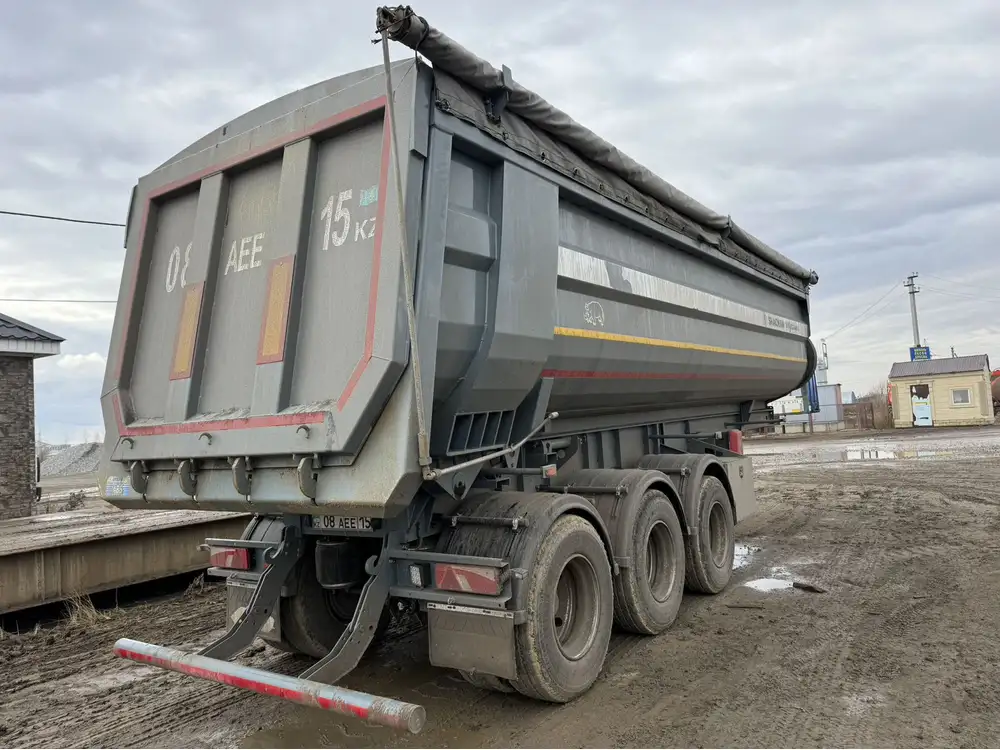
Q2: How can I prevent brake failure?
A: Regular maintenance checks and proper training on brake operations are crucial. Ensure that fluid levels are maintained and low pressure warnings are addressed immediately.
Q3: Is it safe to drive with the brakes partially engaged?
A: No, driving with partially engaged brakes can cause excessive wear and damage both to the braking system and to the tires, leading to hazardous conditions.
Q4: What are the signs of brake wear?
A: Common indicators include squeaking or grinding noises, a pulling sensation when braking, vibrations, or a brake warning light appearing on the dashboard.

Conclusion
Releasing the brakes on a semi trailer is a fundamental skill that requires understanding the unique systems in use. Whether dealing with air or hydraulic brakes, thorough knowledge of the procedures, common issues, and safety protocols is essential for efficient operation. By following this comprehensive guide, operators can ensure that they handle their semi trailers safely and effectively, minimizing risks on the road while maintaining the integrity of their vehicles.



